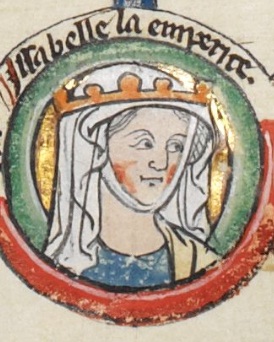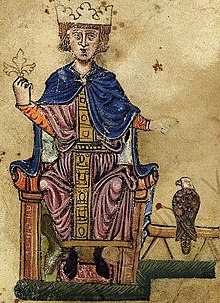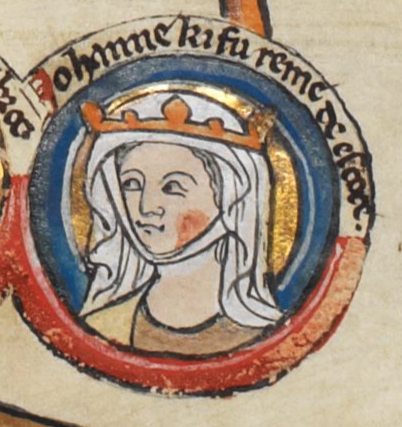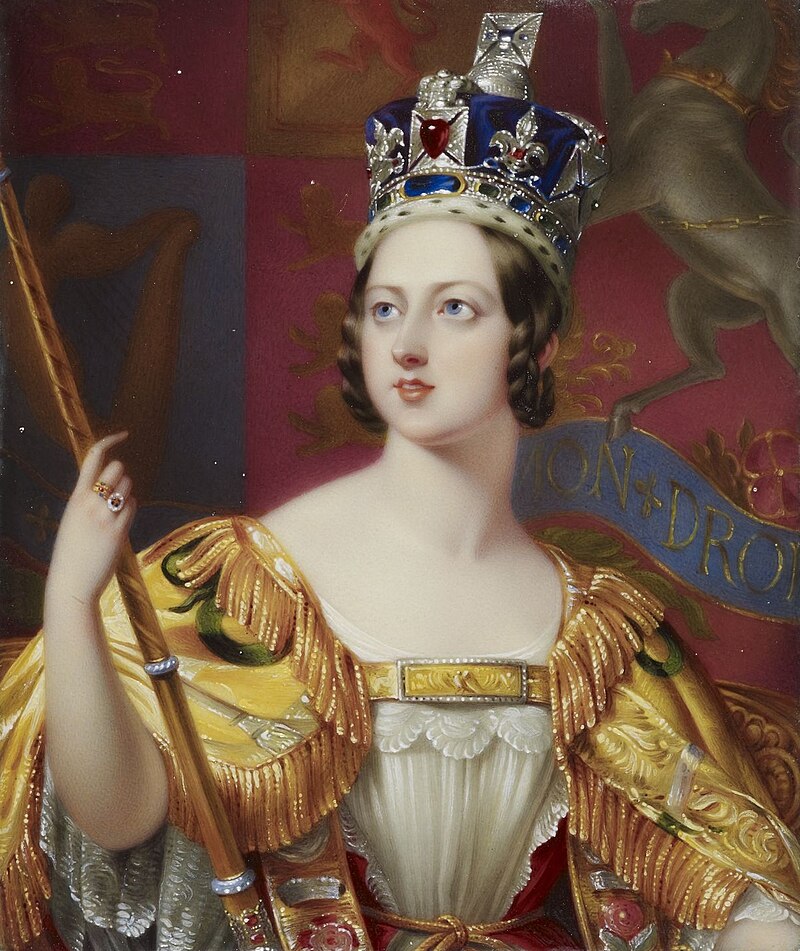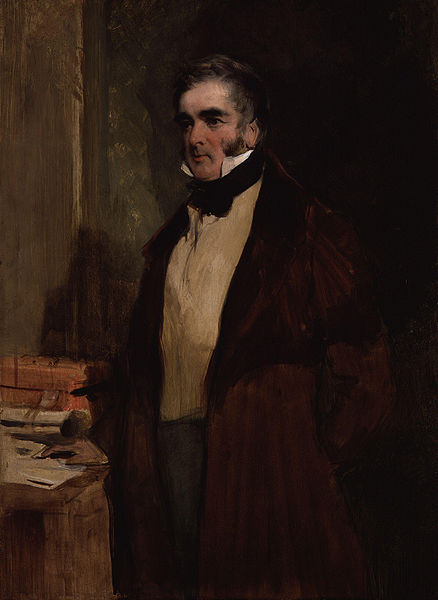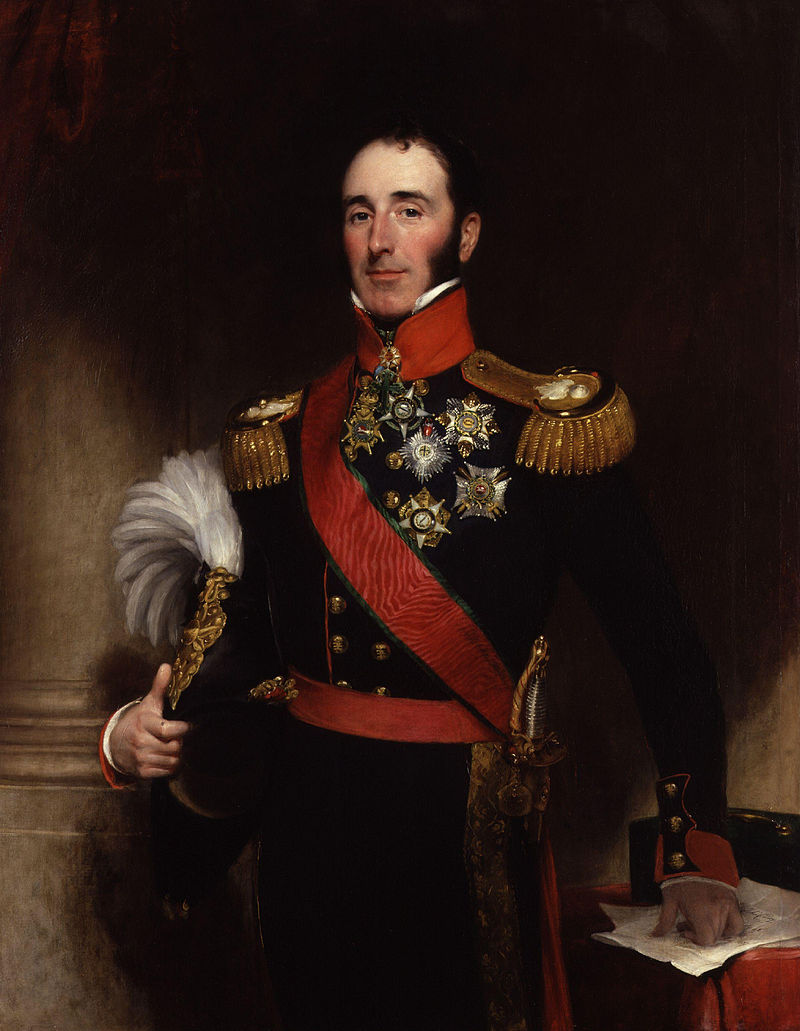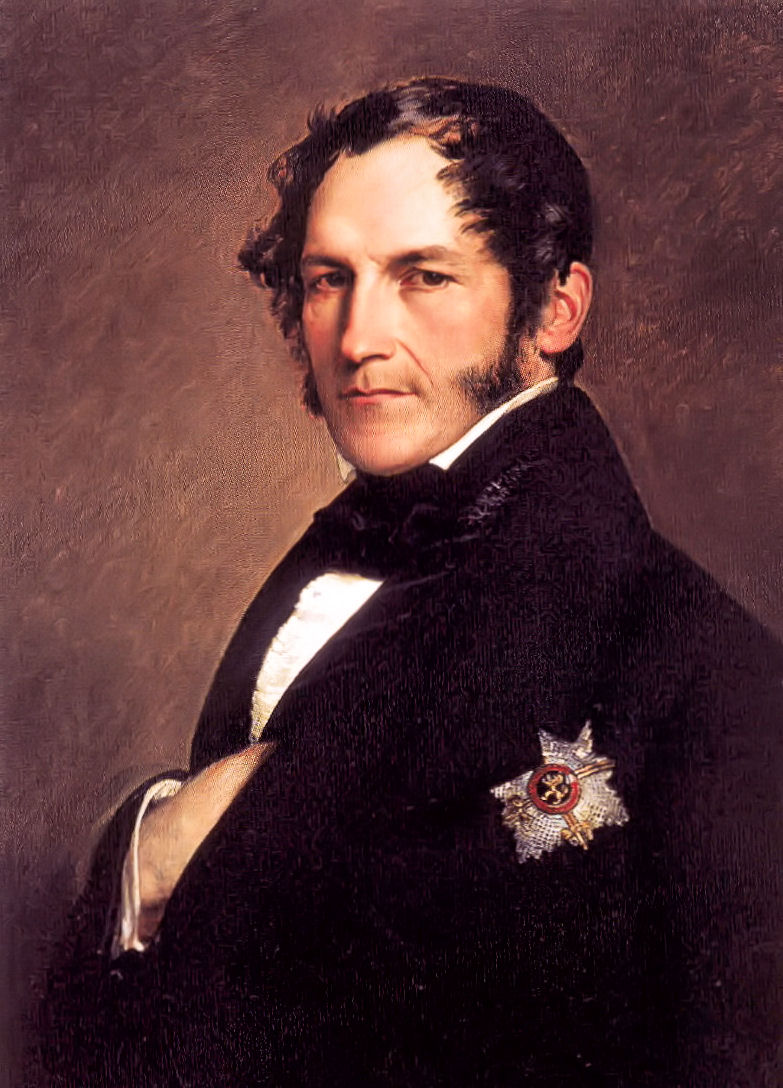by Susan Flantzer © Unofficial Royalty 2017

Eleanor of England, Countess of Leicester; Credit – Wikipedia
The third of the three daughters and the youngest of the five children of King John of England and Isabella of Angoulême, Eleanor was born in 1215 in Gloucester, England. She was given the name Eleanor in honor of her grandmother Eleanor of Aquitaine.
Eleanor had four siblings:
- King Henry III of England (1207 – 1272), married Eleanor of Provence, had five children including King Edward I of England
- Richard, Earl of Cornwall, King of the Romans (1209 – 1272), married (1) Isabel Marshal, had three sons and a daughter, only one son survived childhood, Isabel died in childbirth (2) Sanchia of Provence, had two sons, only one son survived childhood (3) Beatrice of Falkenburg, no children
- Joan of England (1210 – 1238), married Alexander II, King of Scots, no children
- Isabella of England (1214 – 1241), married Friedrich II, Holy Roman Emperor, had at least four children

13th-century depiction of John and his legitimate children, (l to r) Henry, Richard, Isabella, Eleanor, and Joan; Credit – Wikipedia
Eleanor never knew her father. On October 18, 1216, when Isabella was only a year old, her father King John died leaving his elder son King Henry III, a nine-year-old, to inherit his throne amid the First Barons’ War (1215–17), in which a group of rebellious barons supported by a French army, made war on King John because he refused to accept and abide by the Magna Carta. In July 1217, Eleanor’s mother Isabella of Angoulême left England and returned to France to assume control of her inheritance, the County of Angoulême, basically abandoning her children by King John. In 1220, she married Hugh X of Lusignan, Count of La Marche with whom she had nine children, who were Eleanor’s half-siblings.
As a young child, Eleanor was promised in marriage to William Marshal, 2nd Earl of Pembroke, the son of the great William Marshal, 1st Earl of Pembroke, who had served Eleanor’s grandfather King Henry II, her uncle King Richard I, her father King John and had been the Regent of her brother King Henry III. On April 23, 1224, nine-year-old Eleanor married 34-year-old William at the Temple Church in London. Because of Eleanor’s young age, she remained at her brother’s court until 1229 when she moved into the household of her husband. Eleanor accompanied William on his trips through England, France, and Ireland. After a seven-year, childless marriage, William Marshal, 2nd Earl of Pembroke died on April 6, 1231, and was buried in the Temple Church in London, next to his father, where their effigies may still be seen.
After her husband’s death, 16-year-old Eleanor took a vow of chastity in the presence of Edmund Rich, the Archbishop of Canterbury. Because of her age, Eleanor was placed under the guardianship of her brother King Henry III. Henry made a financial agreement that was unfavorable to Eleanor with Richard Marshal, 3rd Earl of Pembroke, the brother and heir of Eleanor’s dead husband.
Seven years later, at her brother’s court, Eleanor met Simon de Montfort, 6th Earl of Leicester, a younger son of Simon de Montfort, 5th Earl of Leicester, a French nobleman and crusader. With the consent of King Henry III, because Simon had allegedly seduced Eleanor, Eleanor and Simon were secretly married on January 7, 1238, in the king’s private chapel at the Palace of Westminster in London, England. Two months later, the marriage became public. Eleanor’s other brother, Richard, Earl of Cornwall, claimed that the marriage was not valid because it lacked the approval of the barons. Edmund Rich, Archbishop of Canterbury condemned the marriage because Eleanor had taken a vow of chastity. The barons protested the marriage of their king’s sister to a foreigner of modest rank. Simon was forced to go to Rome for papal approval of the marriage.
Eleanor and Simon had seven children:
- Henry de Montfort (1238 – 1265), unmarried, killed in the Battle of Evesham along with his father
- Simon the Younger de Montfort (1240 – 1271), unmarried
- Amaury de Montfort, Canon of York (1242/1243-1300), unmarried
- Guy de Montfort, Count of Nola (1244–1288), married Margherita Aldobrandesca, Lady of Sovana, had issue, Elizabeth Woodville, wife of King Edward IV of England is his descendant
- Joanna de Montfort (born and died between 1248 and 1251)
- Richard de Montfort (died after 1265)
- Eleanor de Montfort, Princess of Wales (1252 – 1282), married Llywelyn ap Gruffudd, Prince of Wales, died after giving birth to her only child, a daughter, Gwenllian of Wales, who as an infant, was captured by King Edward I and spent the rest of her life in a convent
In the early years of their marriage, Simon and Eleanor had good relations with Eleanor’s brother King Henry III. Their first child, born in November 1238, more than nine months after the wedding, was christened Henry in honor of his royal uncle. In February 1239, de Montfort was formally invested as the Earl of Leicester. He also acted as the king’s counselor and was one of the nine godfathers of Henry’s eldest son who would inherit the throne and become King Edward I.
King Henry III’s wife was Eleanor of Provence, the daughter of Ramon Berenguer IV, Count of Provence and Beatrice of Savoy. Many of Eleanor’s maternal Savoy relatives came to the English court including uncles Pietro and Bonifacio. Pietro lived in England for a long time, served as a diplomat, and became Earl of Richmond. Bonifacio became Archbishop of Canterbury, a position secured by his niece’s husband King Henry III. In 1247, Henry’s half-brothers from his mother’s second marriage, the Lusignans came to England and competed for lands and promotions with the queen’s Savoy relatives. Henry’s relatives were rewarded with large estates, largely at the expense of the English barons. From 1236 to 1258, the weak king fluctuated repeatedly between various advisers including his brother Richard of Cornwall and his Lusignan half-brothers, which greatly displeased the English barons. In addition, the English barons were displeased with Henry III’s demands for extra funds, Henry’s methods of government, and widespread famine.
The displeasure of the English nobility with the king ultimately resulted in a civil war, the Second Barons’ War (1264–1267). The leader of the forces against Henry was led by Eleanor’s husband Simon de Montfort, 6th Earl of Leicester. de Montfort wanted to reassert the Magna Carta and force the king to surrender more power to the baron’s council.
In 1264 at the Battle of Lewes, King Henry III and his son, the future King Edward I, were defeated and captured. Henry was forced to summon a parliament and to promise to rule with the advice of a council of barons. Henry was reduced to a figurehead king, and de Montfort broadened parliamentary representation to include groups beyond the nobility, members from each county of England, and many important towns. Fifteen months later, Edward led the royalists into battle again, defeating and killing de Montfort and his eldest son Edward at the Battle of Evesham on August 4, 1265. de Montfort’s remains were brutally mutilated. The remains that could be found were buried under the altar of Evesham Abbey.
In the years that followed his death, Simon de Montfort’s grave was frequently visited by pilgrims until King Henry III heard about it. He declared that de Montfort did not deserve burial on holy ground and had his remains reburied under an insignificant tree. Evesham Abbey and the site of de Montfort’s grave were destroyed during the Dissolution of the Monasteries in the reign of King Henry VIII. In 1965, marking the 700th anniversary of de Montfort’s death, a memorial was laid on the site of the former altar of Evesham Abbey by Speaker of the House of Commons Sir Harry Hylton-Foster and Michael Ramsey, Archbishop of Canterbury.

Memorial stone on the site of Montfort’s grave; Credit – By Smb1001 – Own work, CC BY-SA 3.0, https://commons.wikimedia.org/w/index.php?curid=2202776
Today, Simon de Montfort is considered one of the fathers of representative government. His contributions have been remembered over the years by the British Houses of Parliament. A bas-relief of de Montfort hangs on the wall of the chamber of the United States House of Representatives where he is recognized as one of the 23 historical lawgivers.

Simon de Montfort marble bas-relief, one of 23 reliefs of great historical lawgivers in the chamber of the U.S. House of Representatives in the United States Capitol, sculpted by Gaetano Cecere in 1950; Credit – Wikipedia
After her husband’s death, Eleanor organized a defense of Dover Castle against royalist troops, but in October of 1265, the castle was taken by her nephew, Edward, Prince of Wales (the future King Edward I). Eleanor’s possessions were confiscated by the Crown and she was exiled to France with her 13-year-old daughter Eleanor. She sought refuge at a de Montfort stronghold, Montargis Abbey, founded by her husband’s sister Amicia de Montfort. With the influence of King Louis IX of France, King Henry III paid his sister compensation for her confiscated lands and goods in 1367. Eleanor lived the rest of her life as a nun at Montargis Abbey where she died on April 13, 1375, at the age of 60 and was buried.
This article is the intellectual property of Unofficial Royalty and is NOT TO BE COPIED, EDITED, OR POSTED IN ANY FORM ON ANOTHER WEBSITE under any circumstances. It is permissible to use a link that directs to Unofficial Royalty.
Works Cited
Abrufstatistik. “Eleanor von England.” Wikipedia. N.p.: Wikimedia Foundation, n.d. Web. 5 Jan. 2017.
“Eleanor of Leicester.” Wikipedia. N.p.: Wikimedia Foundation, 20 Sept. 2016. Web. 5 Jan. 2017.
“Simon de Montfort, 6th earl of Leicester.” Wikipedia. N.p.: Wikimedia Foundation, 8 Dec. 2016. Web. 5 Jan. 2017.
Susan Flantzer. “King Henry III of England.” British Royals. Unofficial Royalty, 5 Sept. 2015. Web. 5 Jan. 2017.
Susan Flantzer. “Isabella of Angoulême, queen of England.” British Royals. Unofficial Royalty, 23 Aug. 2016. Web. 5 Jan. 2017.


